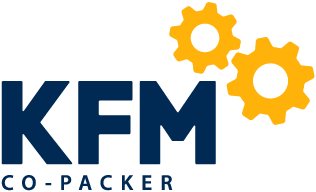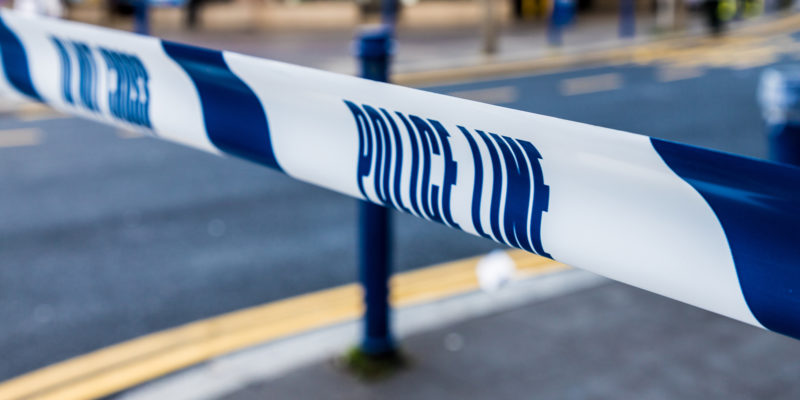Arrests have been made in Bournemouth after Medicines & Healthcare products Regulatory Agency (MHRA) investigators searched a series of properties in the local area following an in-depth inquiry by enforcement officers into a network thought to be involved in the illegal importation and supply of medication.
A man and woman have been taken into custody after substantial amounts of medicine were seized, including HIV medication, erectile dysfunction pills and narcolepsy medication such as modafinil.
In all, four locations were searched across Bournemouth, with suspects arrested on suspicion of money laundering and of being involved in the illegal sale and supply of medicines. The MHRA is now running a #FakeMeds campaign to help educate people about the dangers of buying or using unlicensed or potentially dangerous medicines up for sale online.
Head of operations with the MHRA Tariq Sarwar said: “Our message is clear: illegally supplying prescription only medicines is a serious criminal offence. MHRA officers have worked to arrest those involved and we will continue to track down and prosecute people endangering public safety. Those selling medicines illegally are exploiting innocent people to make money and have no regard for the public’s health or welfare.”
There are several ways in which you can tell if medication is genuine or not and visual inspection is in fact the first step towards identifying a fake drug. Expect the packaging and its content carefully before purchase or use.
With regards to the packaging, always check to see if it appears suspicious or different to how it has appeared in the past, looking to see if the security seal has been tampered with. Unusual fonts, print colour, font sizes and spelling errors can all be indications that the medication isn’t authentic.
Also have a look to see if the information on both primary and secondary packaging is legible and if the batch number, expiry date and address of the manufacturer on the secondary packaging is the same as that of the primary packaging.
In terms of the medication itself, look for differences in the physical appearance of the drug, assessing size, shape, consistency and colour uniformity. Physical defects like excessive powder or pieces of tablets at the bottom of the container are giveaways, as are cracks or chips in tablets, fusion, mottling or discolouration of drugs, or hardening or softening of capsule shells.
Last year, Interpol’s Operation Pangea initiative saw drugs worth £2 million intercepted by UK authorities as part of a worldwide crackdown on fake medical devices and drugs. According to the Daily Telegraph, between October 9th and 17th, the MHRA and UK partners found falsified and unlicensed devices and medication including modafinil, the sedative diazepam, dermal fillers and a drug used to treat narcolepsy.
If you need the help of repackaging companies, get in touch with us today.

